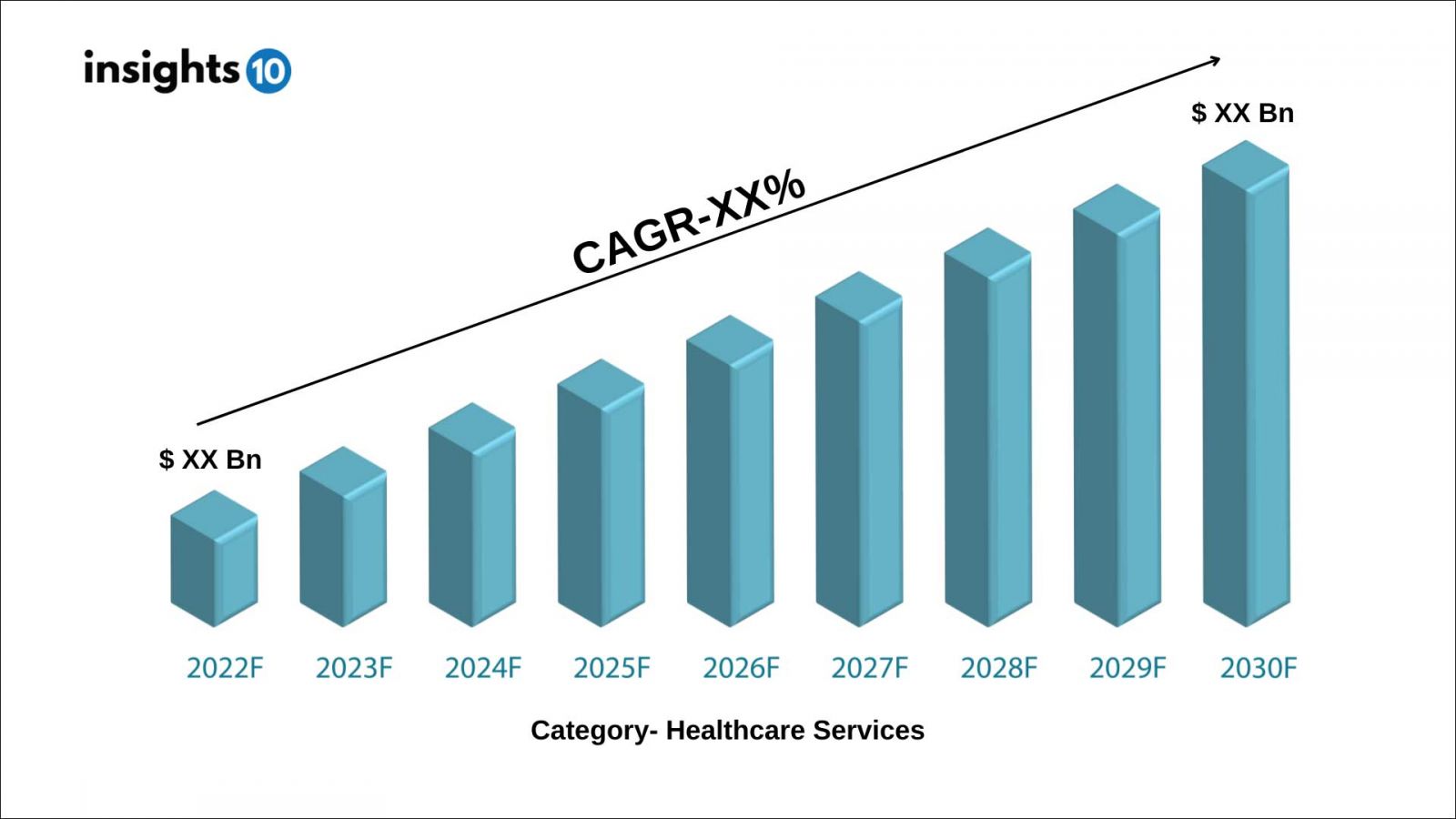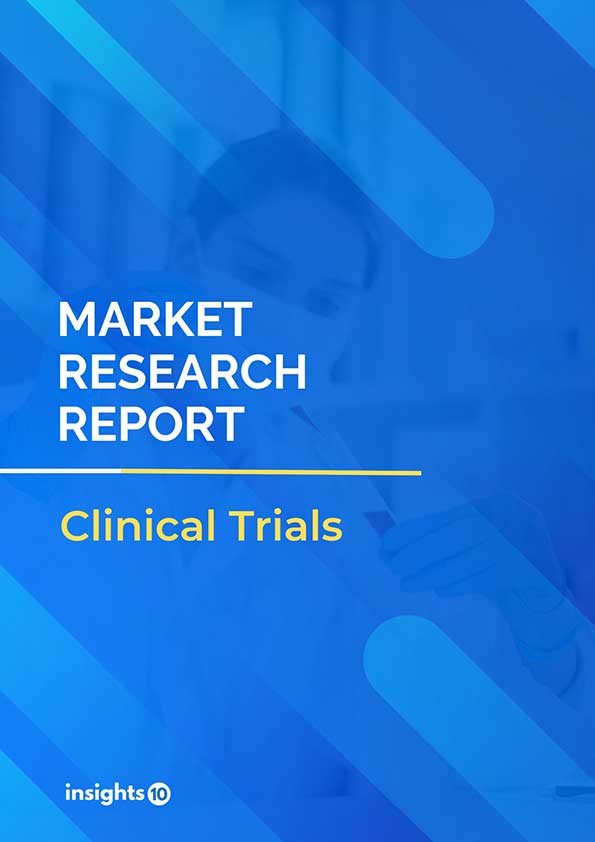Argentina Clinical Diagnostics Market Analysis
This report presents a strategic analysis of the Argentina Clinical Diagnostics Market and a forecast for its development in the medium and long term. It provides a broad overview of the market dynamics, trends and insights, growth drivers and restraints, segmentation, competitive landscape, healthcare policies and regulatory framework, reimbursement scenario, challenges and future outlook. This is one of the most comprehensive reports about the Argentina Clinical Diagnostics Market, offering unmatched value, accuracy and expert insights.
Buy Now

Argentina Clinical Diagnostics Market Executive Summary
Medical tools called clinical diagnostics are used to conduct diagnostic tests on biological samples including blood, urine, and tissues. Infectious diseases, autoimmune disorders, and a number of other problems that are utilized to evaluate pharmacological therapy are all detected and tracked by these tests. Rapid test kits for the Clinical Diagnostics sector, for example, have grown at an incredible rate in recent years and are predicted to do so in the future. Clinical diagnostics is used in many different areas of healthcare.
Market Size and Key Findings
The Argentina Clinical Diagnostics Market size is around US $ xx Bn in 2021 and is projected to reach US $ xx Bn in 2030, exhibiting a CAGR of xx% during the forecast period.
Argentina Clinical Diagnostics Market Size (In $Bn)
(2021-2030F)

Market Dynamics
Market Growth Drivers Analysis
Clinical testing is being used more often all across the world. The increase in awareness of point-of-care testing is to blame for this. As a result, both patients and healthcare personnel are in greater demand. The high sensitivity and specificity of in vitro diagnostic tests also contribute significantly to their widespread use. Consequently, the aforementioned elements support the expansion of the clinical diagnostics industry.
Market Restraints
In the last ten years, there have been considerable improvements and developments in clinical diagnostic products, including the adoption of new products and additional design changes. However, the high price of clinical diagnostics equipment and the high cost of instrument upkeep have in some ways limited the market's expansion.
Furthermore, trained people are needed to operate clinical diagnostics equipment. As a result, the maintenance cost of the device rises, which ultimately slows market expansion.
Competitive Landscape
Key Players
There are both domestic and international firms in the fiercely competitive market. Abbott Laboratories, Bio-Rad Laboratories Inc., Danaher Corporation, Becton, Dickinson and Company, Qiagen, and Roche Diagnostics are some of the prominent market participants.
1. Executive Summary
1.1 Service Overview
1.2 Global Scenario
1.3 Country Overview
1.4 Healthcare Scenario in Country
1.5 Healthcare Services Market in Country
1.6 Recent Developments in the Country
2. Market Size and Forecasting
2.1 Market Size (With Excel and Methodology)
2.2 Market Segmentation (Check all Segments in Segmentation Section)
3. Market Dynamics
3.1 Market Drivers
3.2 Market Restraints
4. Competitive Landscape
4.1 Major Market Share
4.2 Key Company Profile (Check all Companies in the Summary Section)
4.2.1 Company
4.2.1.1 Overview
4.2.1.2 Product Applications and Services
4.2.1.3 Recent Developments
4.2.1.4 Partnerships Ecosystem
4.2.1.5 Financials (Based on Availability)
5. Reimbursement Scenario
5.1 Reimbursement Regulation
5.2 Reimbursement Process for Services
5.3 Reimbursement Process for Treatment
6. Methodology and Scope
Clinical Diagnostics Market Segmentation
By Test (Revenue, USD Billion):
The lipid panel market is being driven by a surge in the need for early lipid profile testing due to an increase in the prevalence and death rate of cardiovascular illnesses. To take advantage of prospective prospects, major corporations are concentrating on novel product creations and launches. As a result of the aforementioned factors, the category is anticipated to grow throughout the course of the projected period.
- Lipid Panel
- Liver Panel
- Renal Panel
- Complete Blood Count
- Electrolyte Testing
- Infectious Disease Testing
- Other Tests
By Product (Revenue, USD Billion):
It is anticipated to accelerate the segment's growth throughout the study period is the increasing adoption of modern instruments in the environment, together with significant investments by the public and commercial sectors in laboratory infrastructure in emerging nations.
- Instruments
- Reagents
- Other Products
By End User (Revenue, USD Billion):
The clinical diagnostics market is expected to be dominated by the hospital laboratory segment during the forecast period. This market is expanding as a result of factors such the sharp increase in hospital laboratories around the world, rising patient visitation rates, and intensifying government initiatives to make a variety of therapies and diagnostic technologies available in hospitals.
- Hospital Laboratory
- Diagnostic Laboratory
- Point-of-care Testing
- Other End Users
Methodology for Database Creation
Our database offers a comprehensive list of healthcare centers, meticulously curated to provide detailed information on a wide range of specialties and services. It includes top-tier hospitals, clinics, and diagnostic facilities across 30 countries and 24 specialties, ensuring users can find the healthcare services they need.
Additionally, we provide a comprehensive list of Key Opinion Leaders (KOLs) based on your requirements. Our curated list captures various crucial aspects of the KOLs, offering more than just general information. Whether you're looking to boost brand awareness, drive engagement, or launch a new product, our extensive list of KOLs ensures you have the right experts by your side. Covering 30 countries and 36 specialties, our database guarantees access to the best KOLs in the healthcare industry, supporting strategic decisions and enhancing your initiatives.
How Do We Get It?
Our database is created and maintained through a combination of secondary and primary research methodologies.
1. Secondary Research
With many years of experience in the healthcare field, we have our own rich proprietary data from various past projects. This historical data serves as the foundation for our database. Our continuous process of gathering data involves:
- Analyzing historical proprietary data collected from multiple projects.
- Regularly updating our existing data sets with new findings and trends.
- Ensuring data consistency and accuracy through rigorous validation processes.
With extensive experience in the field, we have developed a proprietary GenAI-based technology that is uniquely tailored to our organization. This advanced technology enables us to scan a wide array of relevant information sources across the internet. Our data-gathering process includes:
- Searching through academic conferences, published research, citations, and social media platforms
- Collecting and compiling diverse data to build a comprehensive and detailed database
- Continuously updating our database with new information to ensure its relevance and accuracy
2. Primary Research
To complement and validate our secondary data, we engage in primary research through local tie-ups and partnerships. This process involves:
- Collaborating with local healthcare providers, hospitals, and clinics to gather real-time data.
- Conducting surveys, interviews, and field studies to collect fresh data directly from the source.
- Continuously refreshing our database to ensure that the information remains current and reliable.
- Validating secondary data through cross-referencing with primary data to ensure accuracy and relevance.
Combining Secondary and Primary Research
By integrating both secondary and primary research methodologies, we ensure that our database is comprehensive, accurate, and up-to-date. The combined process involves:
- Merging historical data from secondary research with real-time data from primary research.
- Conducting thorough data validation and cleansing to remove inconsistencies and errors.
- Organizing data into a structured format that is easily accessible and usable for various applications.
- Continuously monitoring and updating the database to reflect the latest developments and trends in the healthcare field.
Through this meticulous process, we create a final database tailored to each region and domain within the healthcare industry. This approach ensures that our clients receive reliable and relevant data, empowering them to make informed decisions and drive innovation in their respective fields.
To request a free sample copy of this report, please complete the form below.
We value your inquiry and offer free customization with every report to fulfil your exact research needs.








































